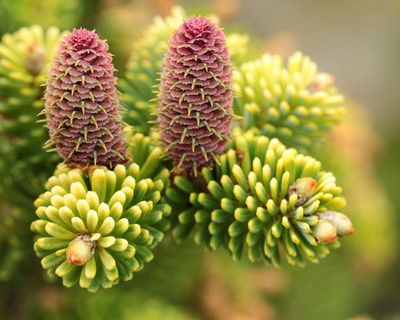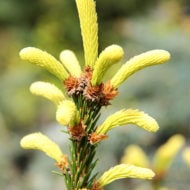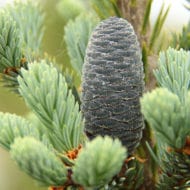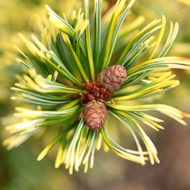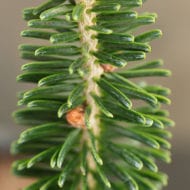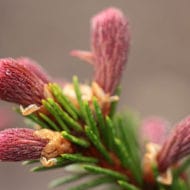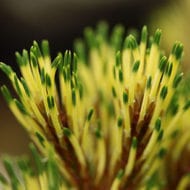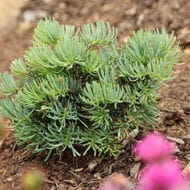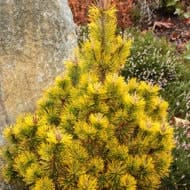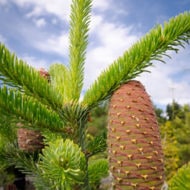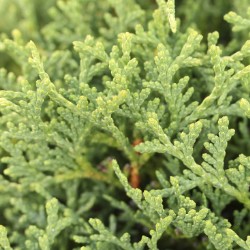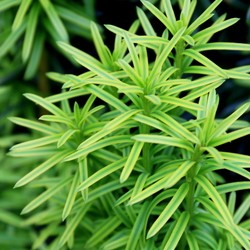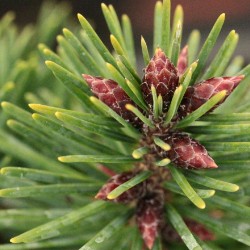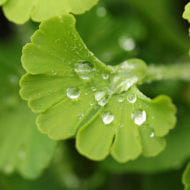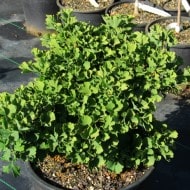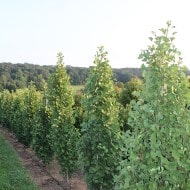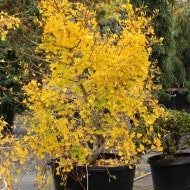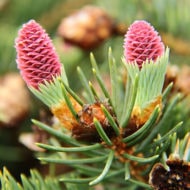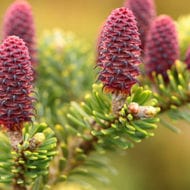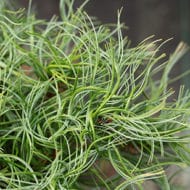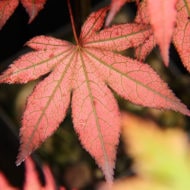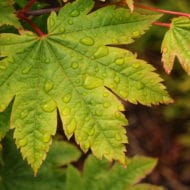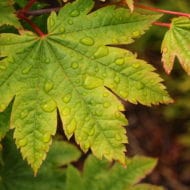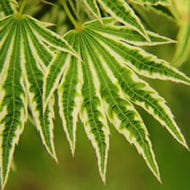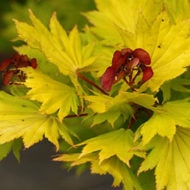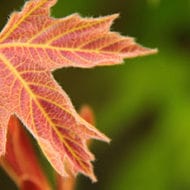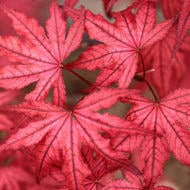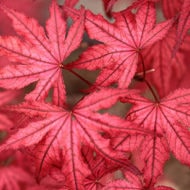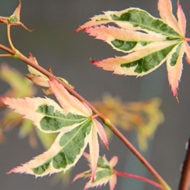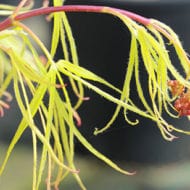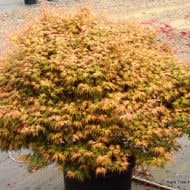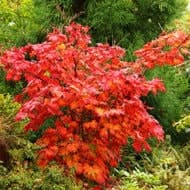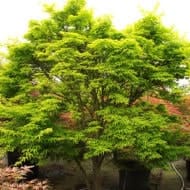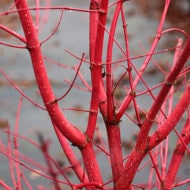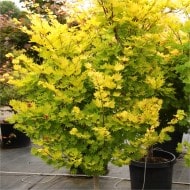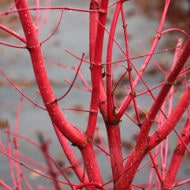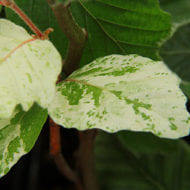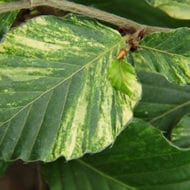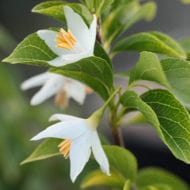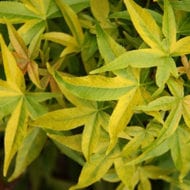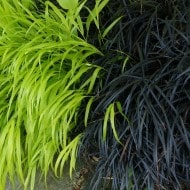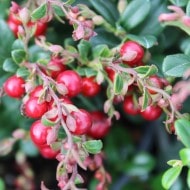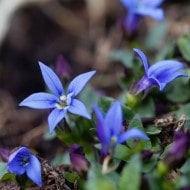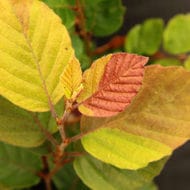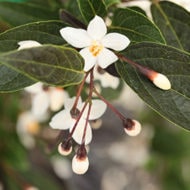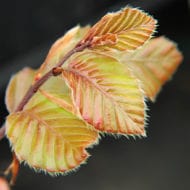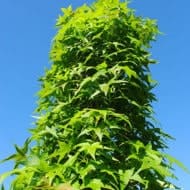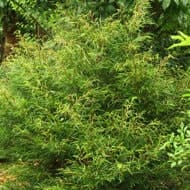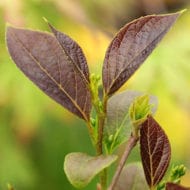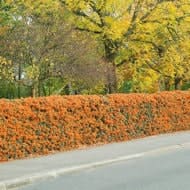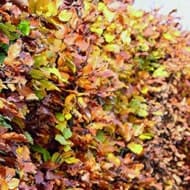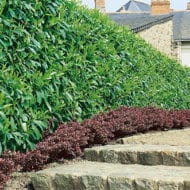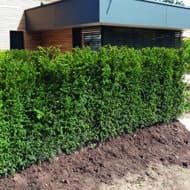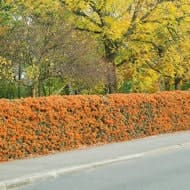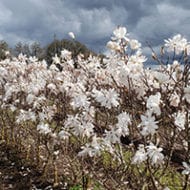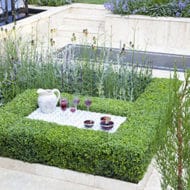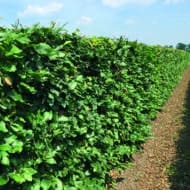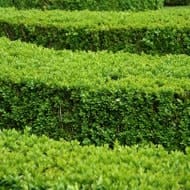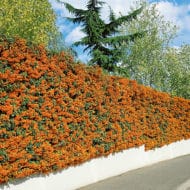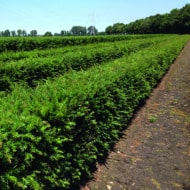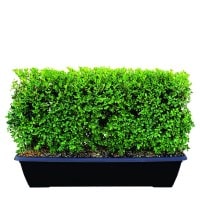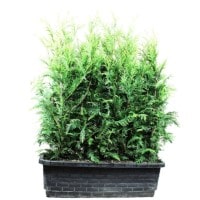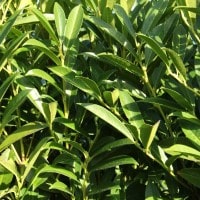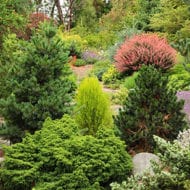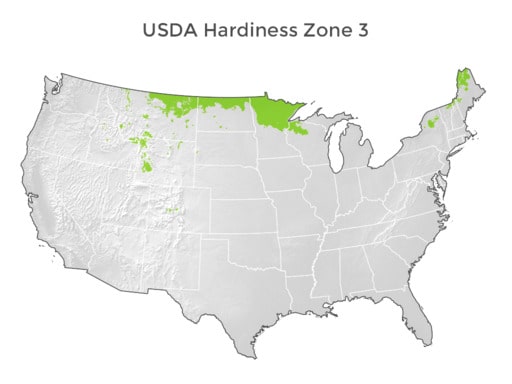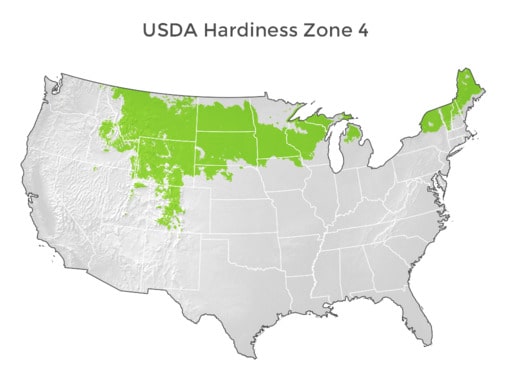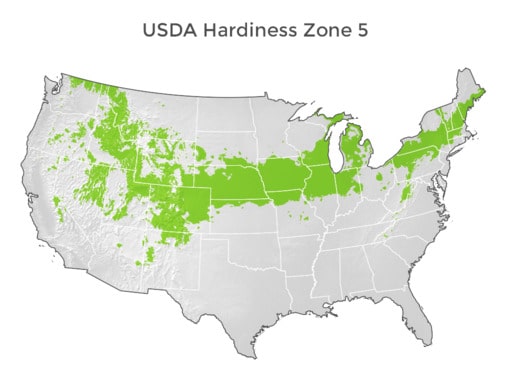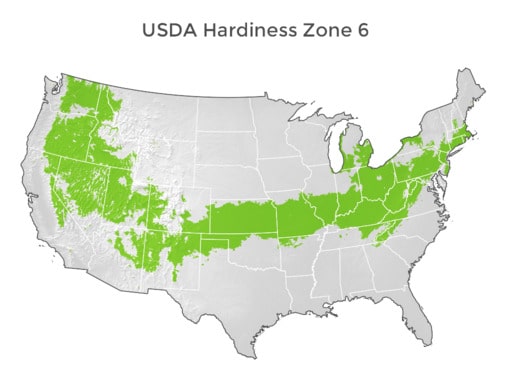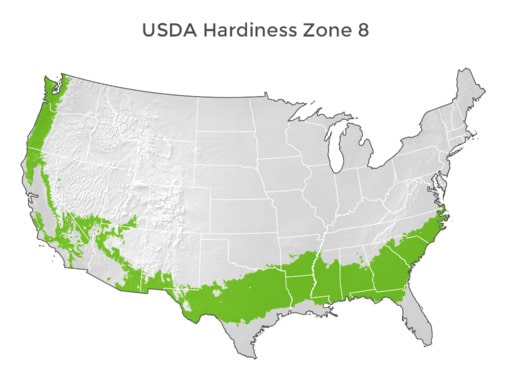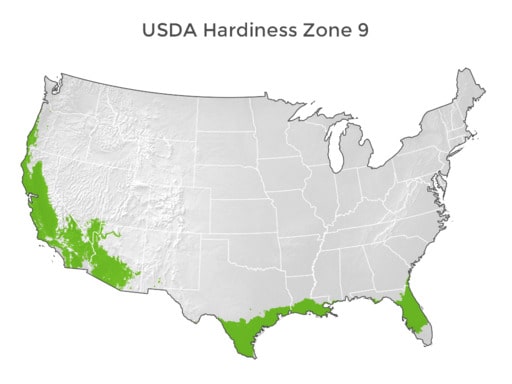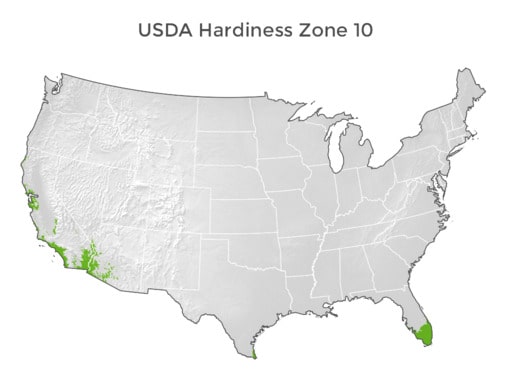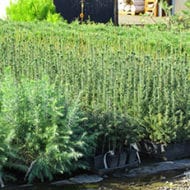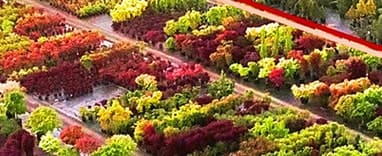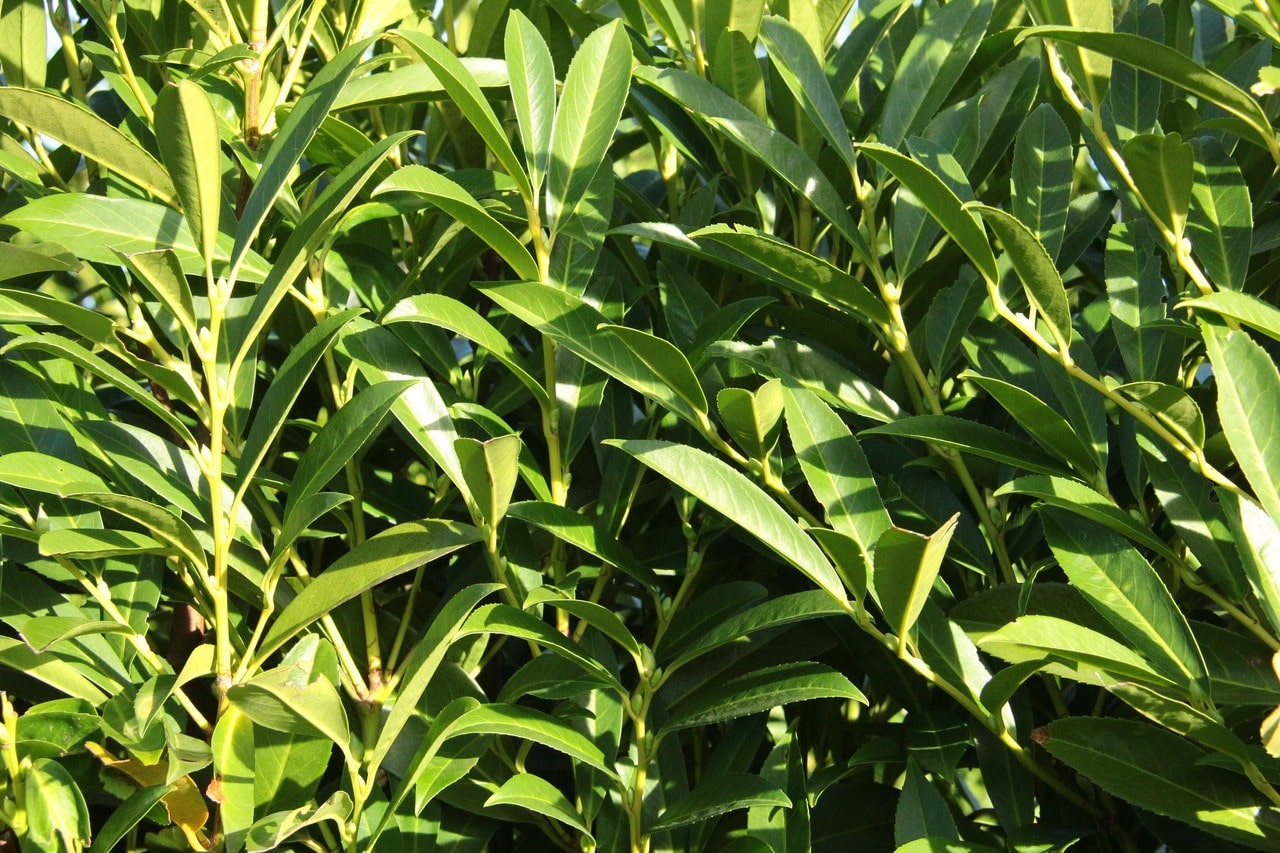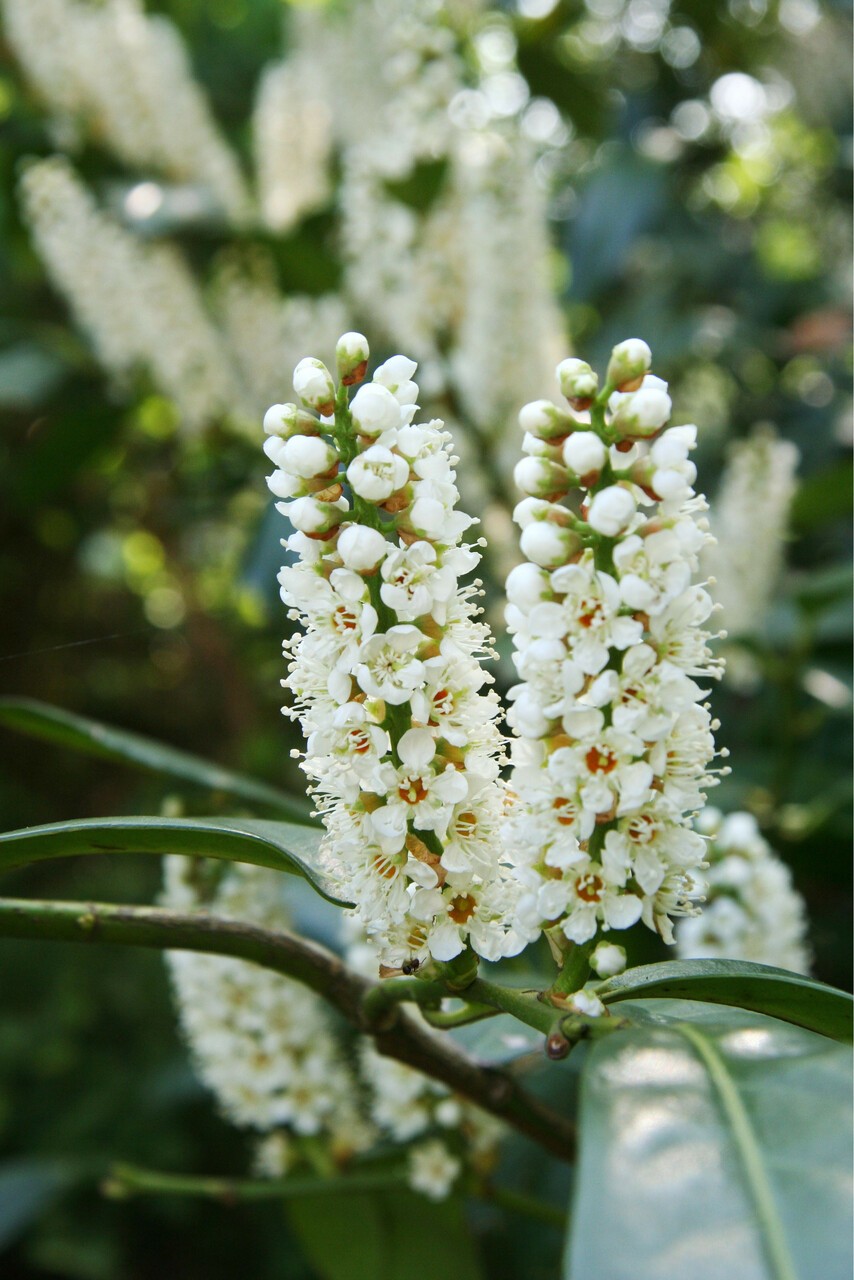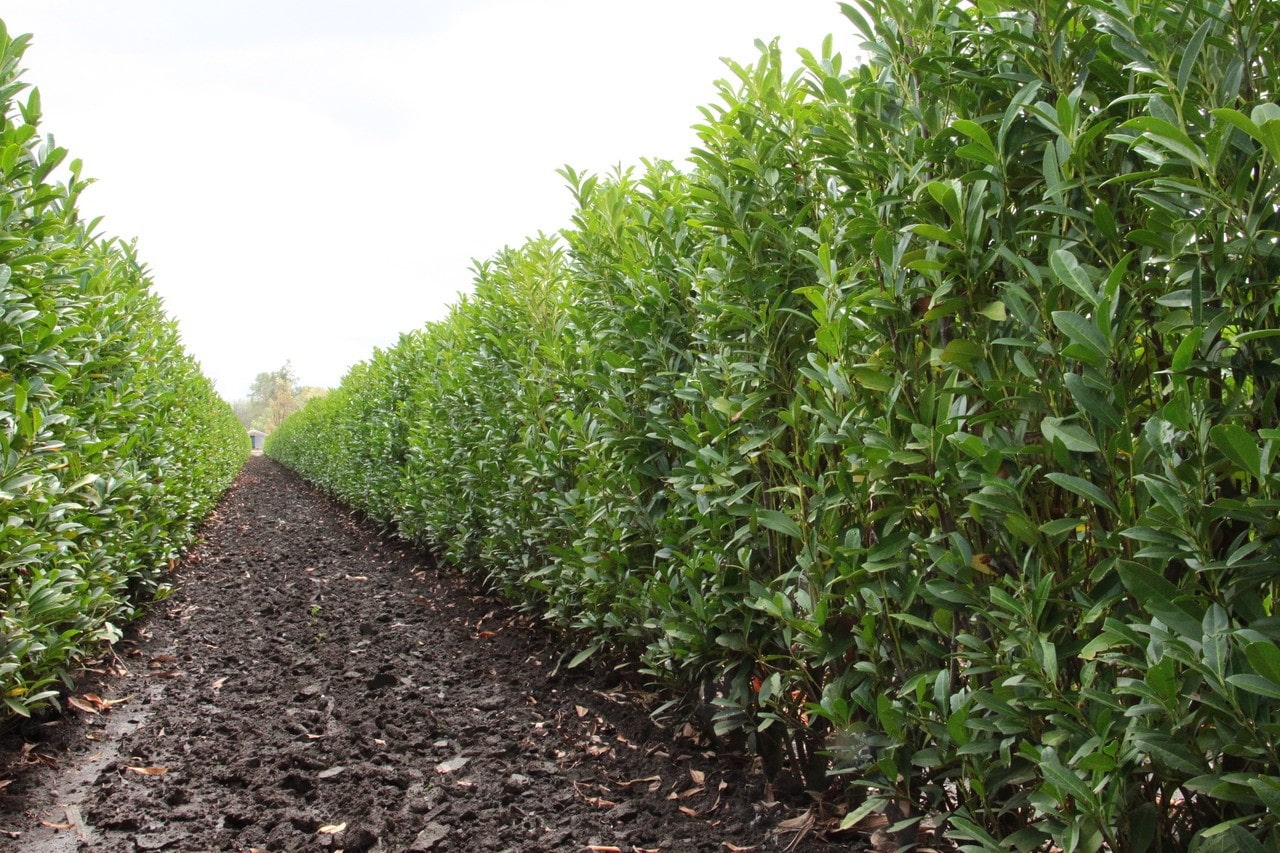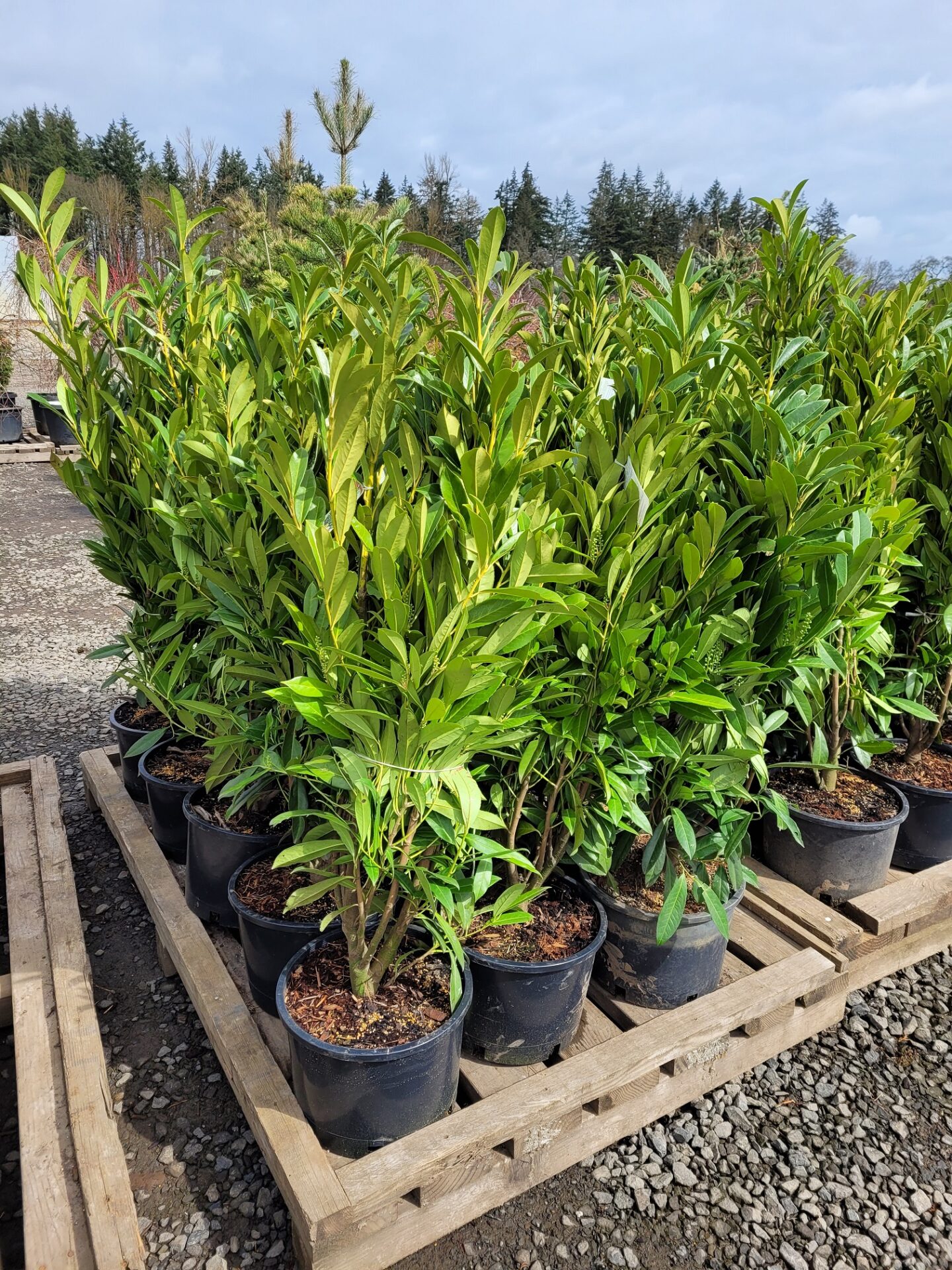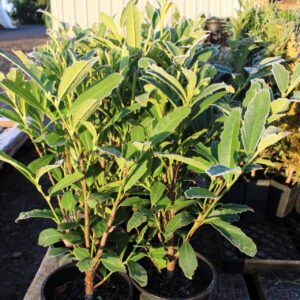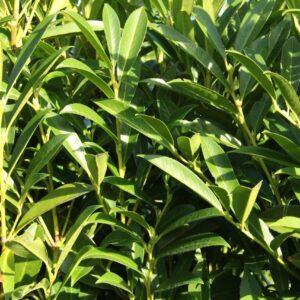Prunus laurocerasus ‘Schipkaensis’ Schip Laurel
Schip laurel is a popular hedge choice for its narrow growth habit and evergreen foliage.
Bulk Discounts Available
#1 Schip Laurel
- Base Price: $24.99 ea
- 10+ Units: $19.99 ea
#3 Schip Laurel
- Base Price: $79.99 ea
- 10+ Units: $59.99 ea
Description
Schip laurel is a popular hedge choice for its narrow growth habit and glossy evergreen foliage. The White flowers in spring are a big bonus, but year-round this plant looks lush. One production difficulty of growing Schip laurel is that they are prone to shot hole (little holes in the leaves) from growing in the greenhouse. Schip Laurel or Skip Laurel is an upright, vase-shaped, evergreen shrub that is an excellent choice for a narrow privacy hedge. It was named after the Schipka Pass in the Balkan Mountains of Bulgaria, where it was found growing as a natural variety and introduced to Europe in 1886.
Schip Laurel has glossy, deep green, lance-shaped leaves that are 2″- 6″ long and grow perpendicular to the branches. In spring, spikes of fragrant white flowers cover the plant and mature to purple-black fruits later in the summer. Bees love the flowers, and songbirds feast on the berries, but all parts of the shrub, including the leaves and berries, are poisonous to humans and other animals.
The tree grows moderately fast, at about 1′ – 2 ‘ per year, reaching a height of 10′ × 4′ in 10 years. Unpruned, it can grow to 10′- 18′ high and 5′ – 7’ wide. Its dense, evergreen foliage and narrow form make it a superb hedge for boundaries, entranceways, windbreaks, or privacy screens around a pool. It does well in urban gardens, at the edge of woodland gardens, and in wildlife gardens. Schip requires little care and grows in various conditions in zones 5-9, making it an excellent shrub for experienced and beginning gardeners alike.
Schip Laurel grows in full sun to partial shade and in various soil types, such as clay, loam, silt, or sand, and a range of pH levels as long as the soil is moist and well-draining. It is more cold-hardy and shade-tolerant than English Cherry Laurel and also tolerates heat, humidity, urban pollution, and coastal salt spray. Schip Laurel needs to be watered at planting and then regularly for at least a year while the roots are developing. It is drought-tolerant once established and will only need to be watered during long dry periods. This hardy shrub takes well to pruning and can be trimmed once a year after flowering to keep it in shape. However, yearly pruning will limit the number of berries the shrub produces, so birds may not nest there.
Companion plants need to have growing requirements similar to those of Schip Laurel. Shrubs like Japanese Andromeda, clethra, weigela, spiraea, abelia, and Nandina can be grown in sun or light shade and provide a colorful contrast against the dark green leaves. Flowering perennials, such as astilbe, coral bells, foamy bells, hellebores, and lily-of-the-valley, also offer a pop of color beneath the hedge.
If your plants arrive with some holes in the leaves do not be concerned, your starter plants will grow out of this as soon as they push new leaves. More info is available on this blog post.
USDA Hardiness Map
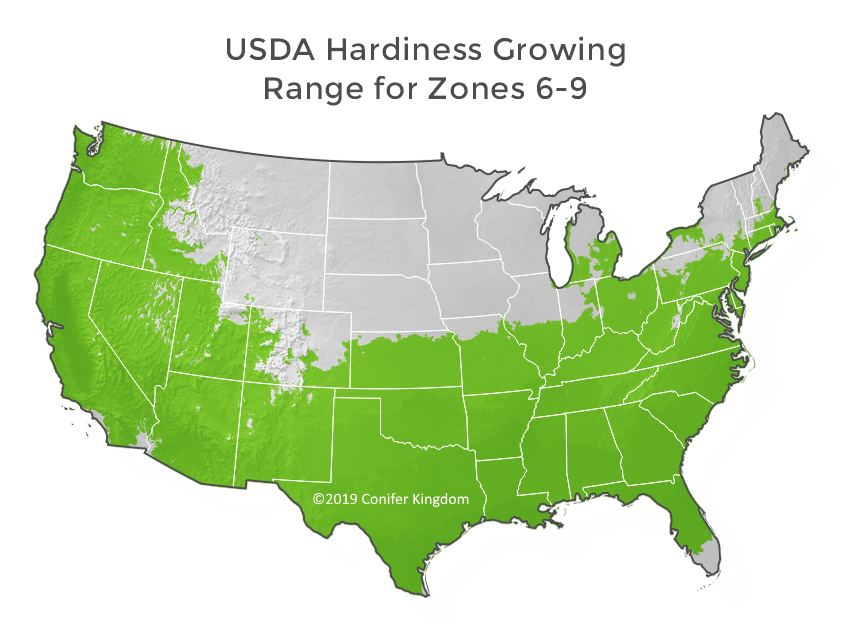
Plant Form

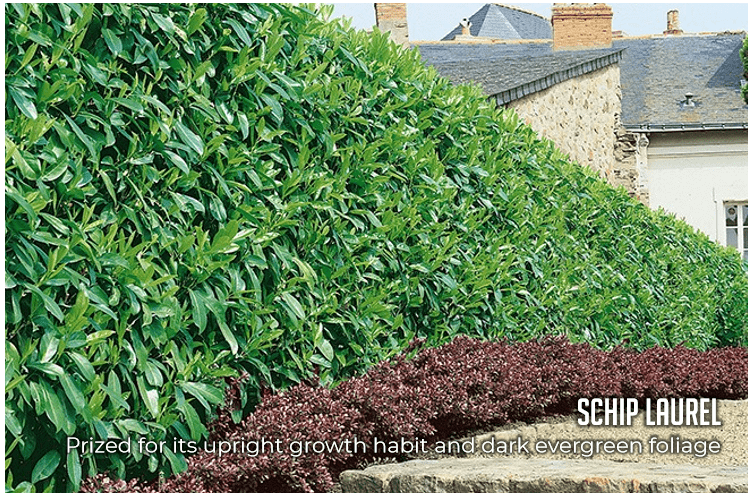
About Schip Laurel
Schip laurel is a popular choice for narrow spaces needing a tall, evergreen privacy hedge. It does not grow as fast or as wide as its parent, English laurel, and it has much darker foliage. Schip laurel also tolerates more shade and colder temperatures, although they are both listed as hardy to USDA Zone 6. Schip laurel is deer-resistant and drought-tolerant once established. It does well in coastal climates and is not bothered by salt or pollution. Schip laurel has long, narrow, dark green leaves that form a beautiful screen. In spring, it blooms with fragrant white flower spikes that are attractive to pollinator bees. Later in the summer, small black fruits develop that birds eat but are toxic to mammals. It grows 1-2’ per year in ideal conditions and grows primarily upright. Pruning once per year is plenty to maintain its shape and size. You could easily have a Schip laurel hedge anywhere from 6-12’ tall and 2-4’ wide over the long term with regular pruning.

Top Qualities of Schip laurel
- 1. Dark, evergreen foliage
- 2. Narrow growth habit
- 3. Moderately fast growth rate
- 4. Easy to Maintain
- 5. Deer resistant
Additional information
| Weight | N/A |
|---|---|
| Latin Name | Prunus laurocerasus 'Schipkaensis' |
| Common Name | Schip laurel |
| Sun Exposure | Sun to partial shade |
| Annual Growth | 1-2' per year |
| HXW@10 YEARS | 10'x4' |
| Color | Green |
| Plant Form | Columnar |
| Growth Rate | Moderately fast |
| HARDINESS Zone | 6-9 |
| Color | |
| Your auto-detected zip code |  |
| hardiness zone based on zip code |  |
| You can also try another zip code |
Related products
-
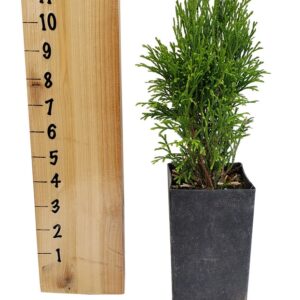
Thuja occidentalis ‘Little Simon’ Little Simon Arborvitae Tree Pot
View Details -
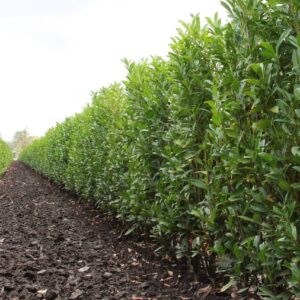
Prunus ‘Schipkaensis’ Schip laurel InstantHedge 10 linear feet
$1,439.99 View Details -
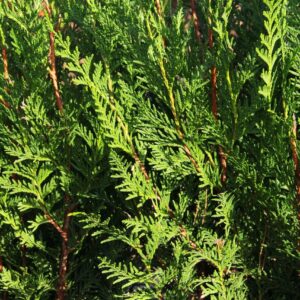
Thuja plicata ‘Virescens’ Virescens Western Red Cedar
$18.99 View Details -
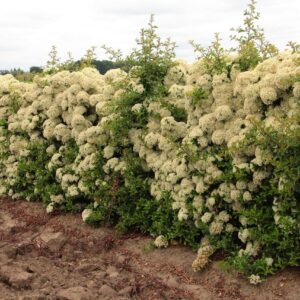
Pyracantha ‘Teton’ Teton Firethorn InstantHedge 10 linear feet
$1,529.99 View Details


